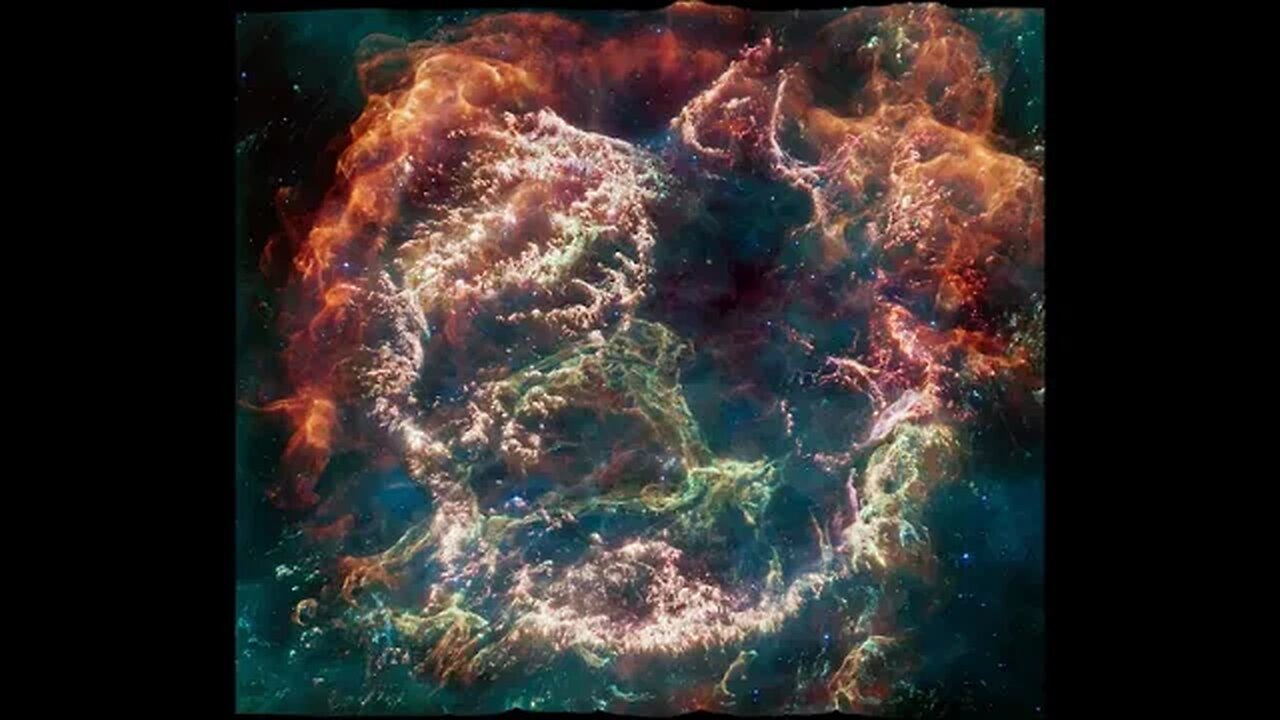Premium Only Content

Exploring the Cosmic Artistry of Cassiopeia A in 3D: Marvels of a Supernova Remnant Rexux #shorts
Welcome to Styx AI, a trailblazer in the field of image processing for medical and astronomical applications. Leveraging our profound expertise and innovative techniques grounded in quantum mechanics, we have revolutionized imaging across diverse industries. Our relentless pursuit of technological advancements drives us to develop and validate software that uncovers new information and insights about the vast universe.
At Styx AI, our image decomposition techniques empower us to extract highly accurate features, reconstruct images, and provide invaluable insights into the intricate structural morphology of target images. Through our meticulous process, we possess the ability to deconstruct an image into a nearly infinite number of segments and expertly reconstruct them to reveal hidden depths and previously obscured details. As part of our ongoing endeavors, we are actively developing advanced 3D depth models that elevate image processing to new dimensions.
Now, let us embark on a journey to explore the awe-inspiring Cassiopeia A (Cas A), a supernova remnant located approximately 11,000 light-years from Earth in the constellation Cassiopeia. Spanning about 10 light-years, this celestial phenomenon has captivated scientists and astronomers for decades. In our latest 3D image, generated using data from Webb's Mid-Infrared Instrument (MIRI), we shed new light on Cas A.
As we examine the exterior of the remnant, striking curtains of material come into view, radiating shades of orange and red. These vibrant hues are a result of emission from warm dust, revealing where ejected material from the exploded star collides with surrounding circumstellar matter.
Moving inward, we encounter a mesmerizing display of mottled filaments adorned with clusters and knots, shimmering in bright pink. This intricate pattern represents the remnants of the star itself, shining through a combination of various heavy elements and dust emission. Fainter wisps near the cavity's interior hint at the presence of stellar material.
Drawing our attention across the top of the central cavity, a loop manifests in vibrant green. Its shape and complexity present an intriguing puzzle, challenging scientists to comprehend its origins and dynamics.
To create this stunning image, NASA merged data from various filters. The color red, assigned to 25.5 microns (F2550W), illuminates certain features, while orange-red (F2100W), orange (F1800W), yellow (F1280W), green (F1130W), cyan (F1000W), light blue (F770W), and blue (F560W) enrich the composition with their distinct contributions. This exceptional data originates from the general observer program 1947, offering us a remarkable glimpse into the remarkable Cassiopeia A.
Join us on this mesmerizing journey as we unravel the secrets of Cas A, delving into its intricate details and unveiling its enigmatic beauty.
Image: NASA, ESA, CSA, Danny Milisavljevic (Purdue University), Tea Temim (Princeton University), Ilse De Looze (UGent)
Image Processing: Joseph DePasquale (STScI)
Further Image processing, 3D models, and filters: STYX AI
#styxai
#CasA
#supernovaremnant
#CassiopeiaA
#astrophotography
#StellarPhenomenon
#AstronomyDiscovery
#celestialwonders
#cosmicbeauty
#stellarevolution
#CosmicDimensions
-
 11:55
11:55
The Shannon Joy Show
12 hours ago🔥Babies Aborted for Cash.🔥
476 -
 6:24
6:24
Zach Humphries
13 hours agoBreaking Crypto News on Crypto Regulation!
301 -
 15:41
15:41
BaldBrad
14 hours agoDeclassified BOMBSHELL: CIA Lied About Trump-Russia! Putin Never Backed Trump | Russiagate Exposed
893 -
 13:07
13:07
Nate The Lawyer
15 hours ago $0.02 earnedWNBA Loses $500M But Players Want More Money. $40M Lost Last Year.
2414 -
 11:43
11:43
Zoufry
17 hours agoThe McDonald's Ice Cream Machine Conspiracy
9181 -
 14:54
14:54
DeVory Darkins
1 day ago $4.23 earnedTrump just announced MAJOR TRADE deal as CNN confronts Khalil over gaza
8.41K47 -
 2:09:26
2:09:26
Side Scrollers Podcast
19 hours agoSplitgate 2 Reverses Course, Ubisoft Failures, RIP Julian LeFay | Side Scrollers
97.5K4 -
 17:01
17:01
GritsGG
14 hours agoAttempting World Record Win Streak! 18 of 71!
6.62K2 -
 1:42:12
1:42:12
Omar Elattar
9 months agoDAN MARTELL: From 17-Year-Old In Jail To $100 Million Business Investor!
15.4K2 -
 LIVE
LIVE
Lofi Girl
2 years agoSynthwave Radio 🌌 - beats to chill/game to
200 watching